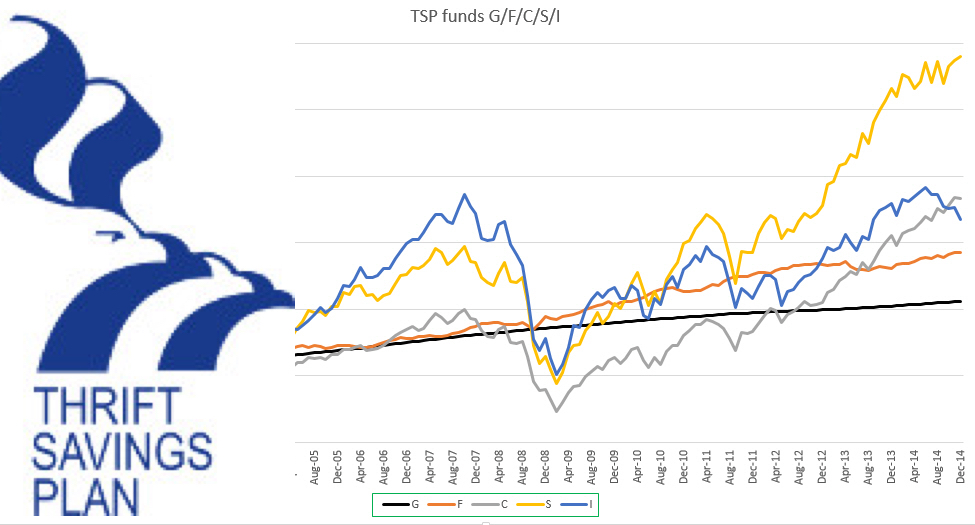Maximize Your Inheritance With Contributions to the TSP

While you can’t place your inheritance money into your TSP account, should you come into a large sum of money this way, there are a few other factors to consider so that you can maximize the amount you get.
There are only two ways one is allowed to contribute to the TSP. One would be through a 401(k) plan from an employer prior to working for the government. The other would be deducted from your paycheck, like a normal contribution. Inheritance monies are not considered a “qualified plan” meaning you can not contribute any of those funds into your TSP.
But that doesn’t mean there aren’t ways to work around it.
First, consider how much of your paycheck you’ve already been contributing to the TSP. If it hasn’t been the maximum amount allowed, it would be wise to increase it to that. Then, you can fill in the gap in your budget with the money from the inheritance. Nineteen thousand dollars was the elective deferral amount for TSP contributions in 2019, and if you happen to be over the age of 50, you are also eligible to catch up by putting in another 6000 dollars. And if you’re married, and your partner has their own plan through their jobs, they should be able to do the same thing too. Now you’re saving for retirement without straining your own budget.
But let’s say you’re already putting the maximum amount into your TSP and you aren’t allowed to contribute anymore. As long as you’re still working, an IRA for you and your partner might be the way to go. There are plenty of other limits about what you can and cannot do with both a Roth IRA and a traditional IRA, so a quick visit to the IRS Publication 590 might be in order to find out the exact rules and allowances you can contribute there.
Beyond that, if you’re already maxing out your allowable contributions for both your TSP and your IRA, you should take the inheritance money and look into a taxable account. As opposed to the TSP and IRA, there are no breaks, like receiving tax-deferred earnings or subtracting the amount you’ve already contributed, with this type of account. The benefit is that there are no limitations or penalties on what you can put in or take out of this account. And if you earn interest or capital gains on these funds, when it comes time to pay the taxman, you should be able to do so at a percentage that is less than what you would have if you were paying for it out of one of your retirement accounts.






